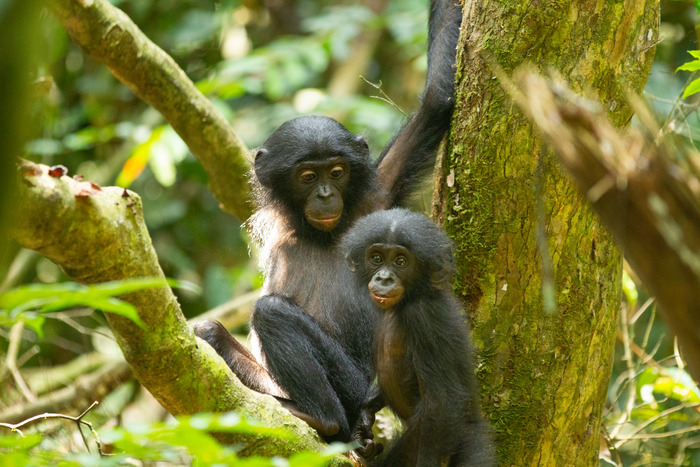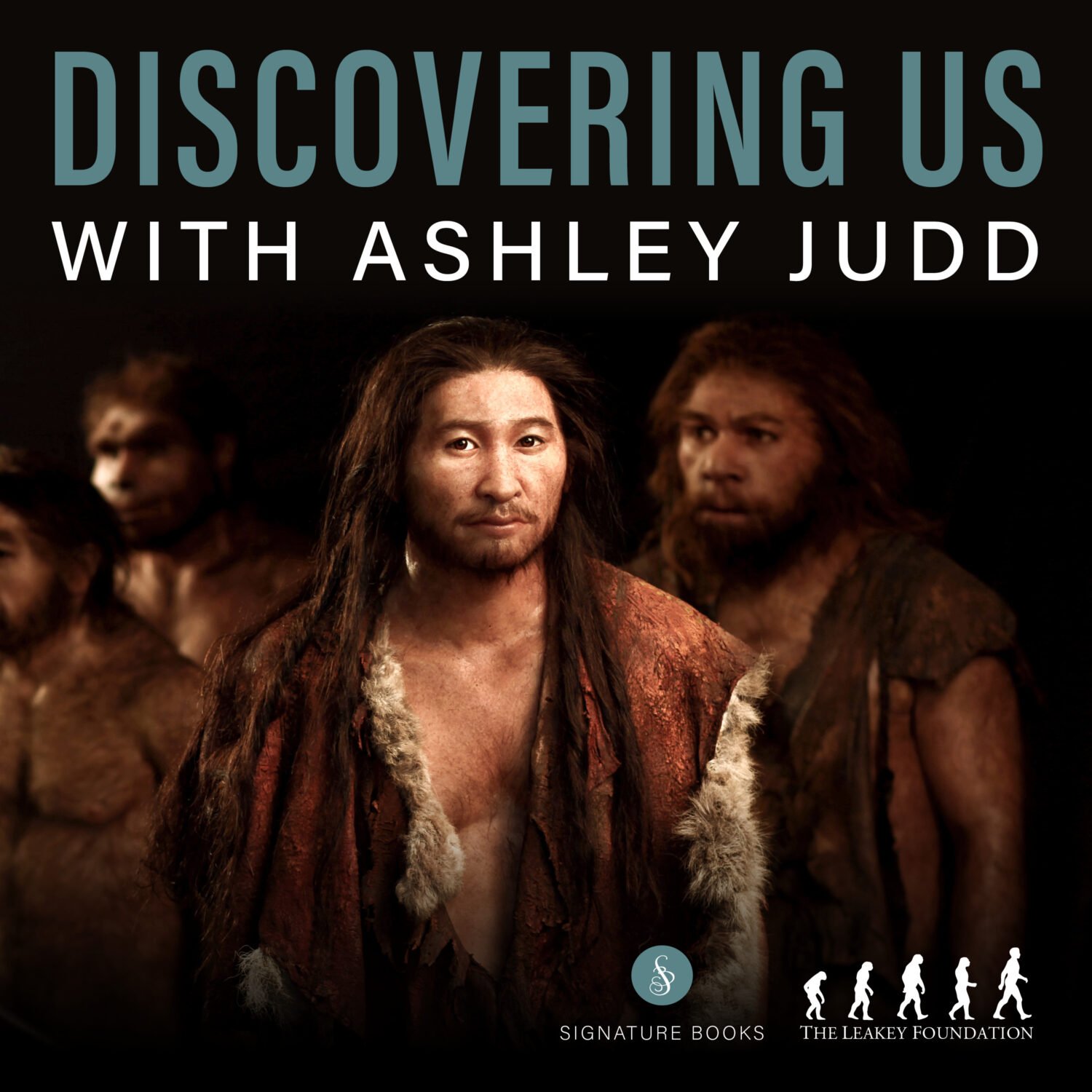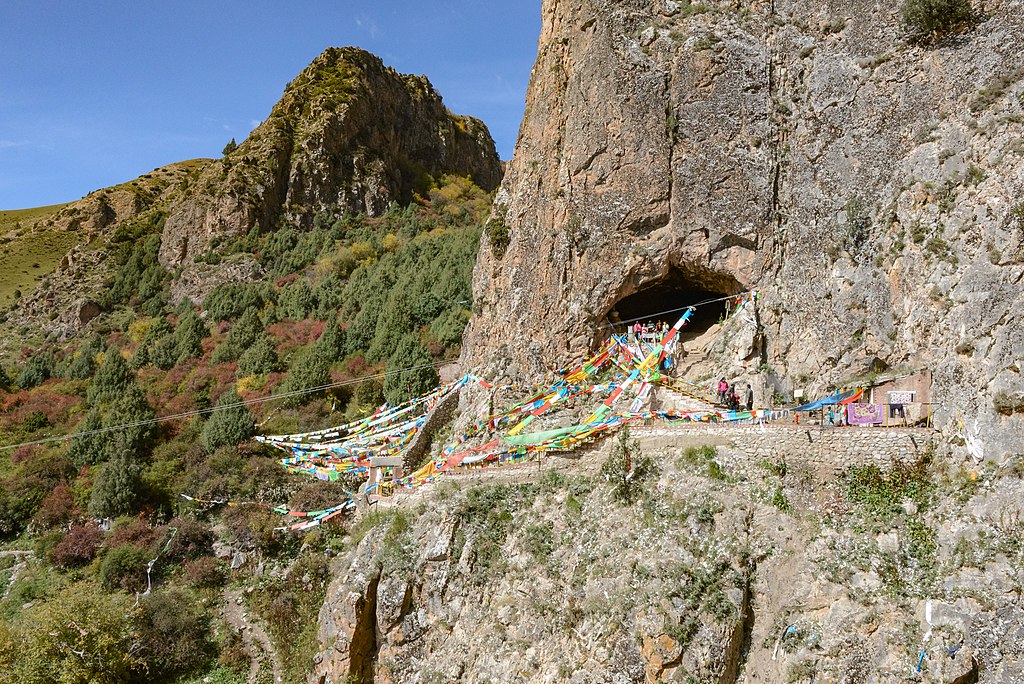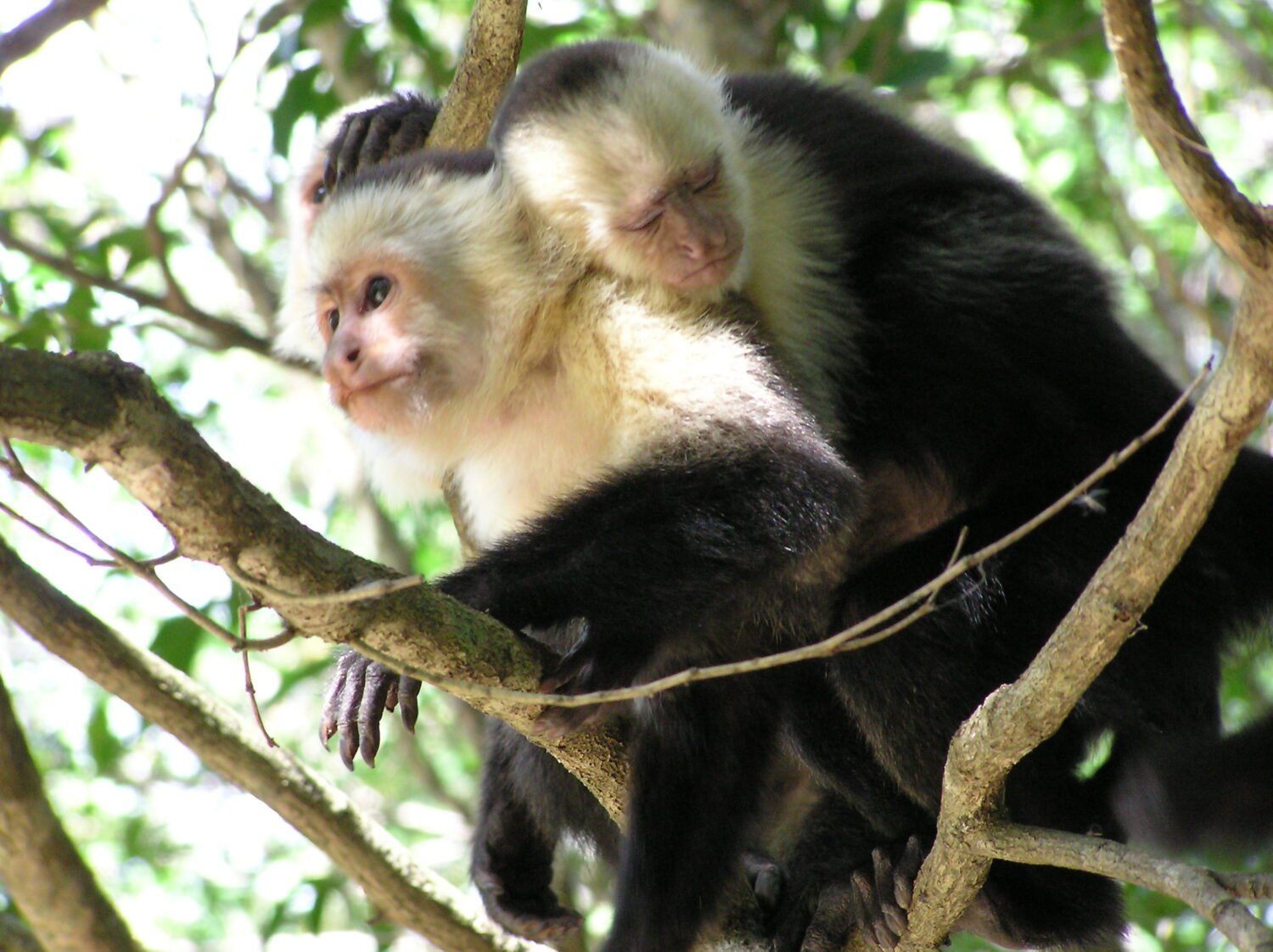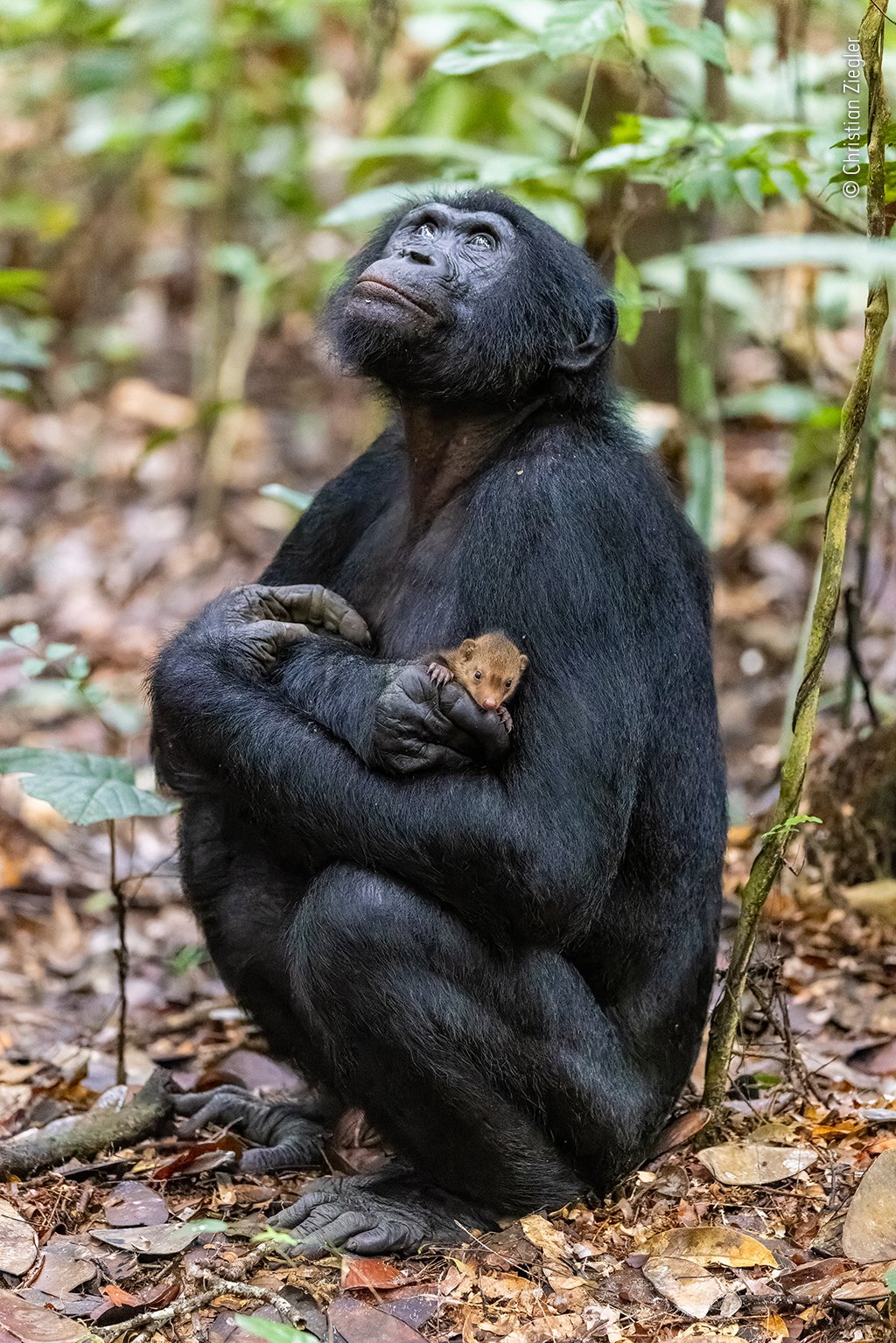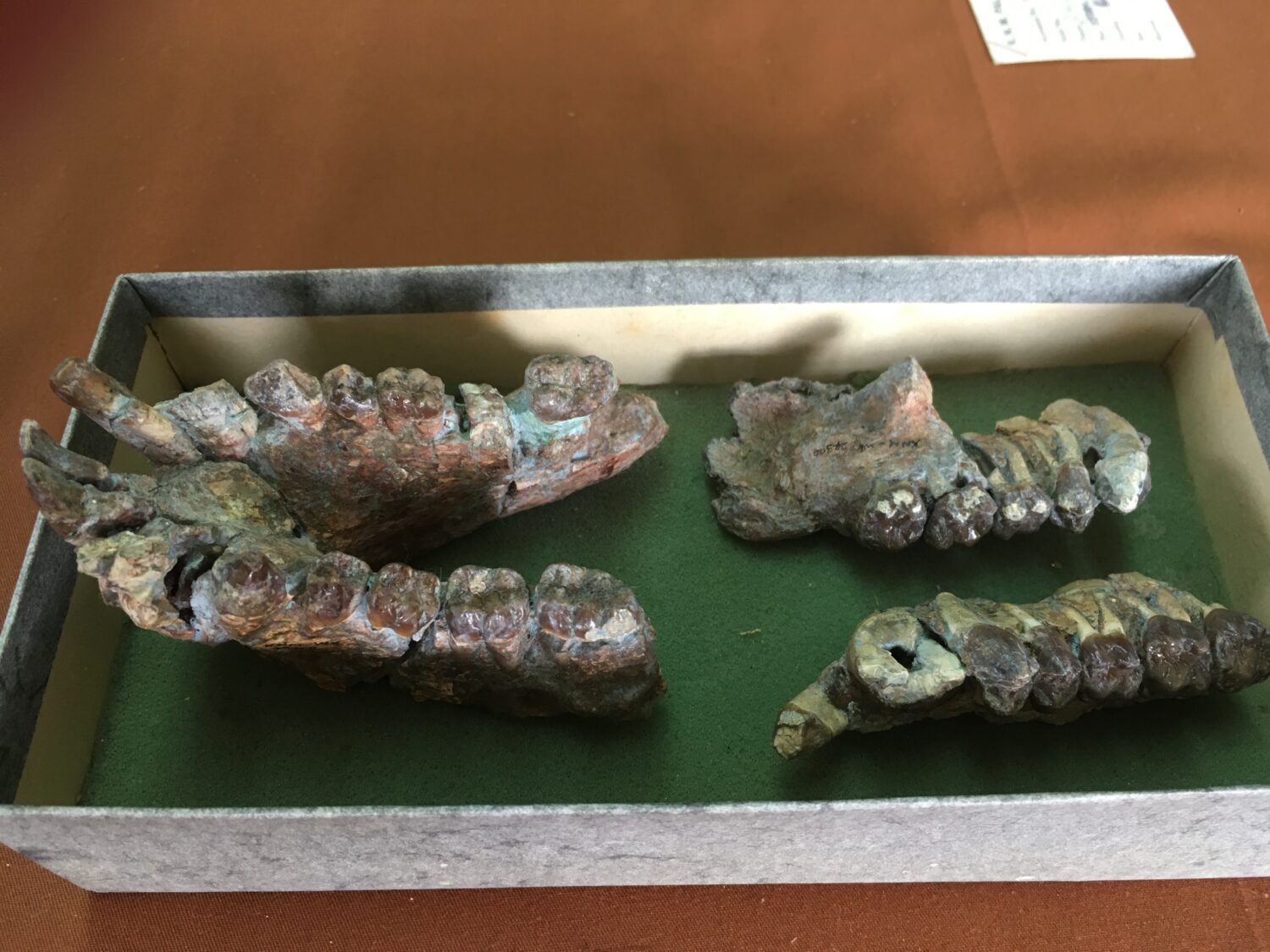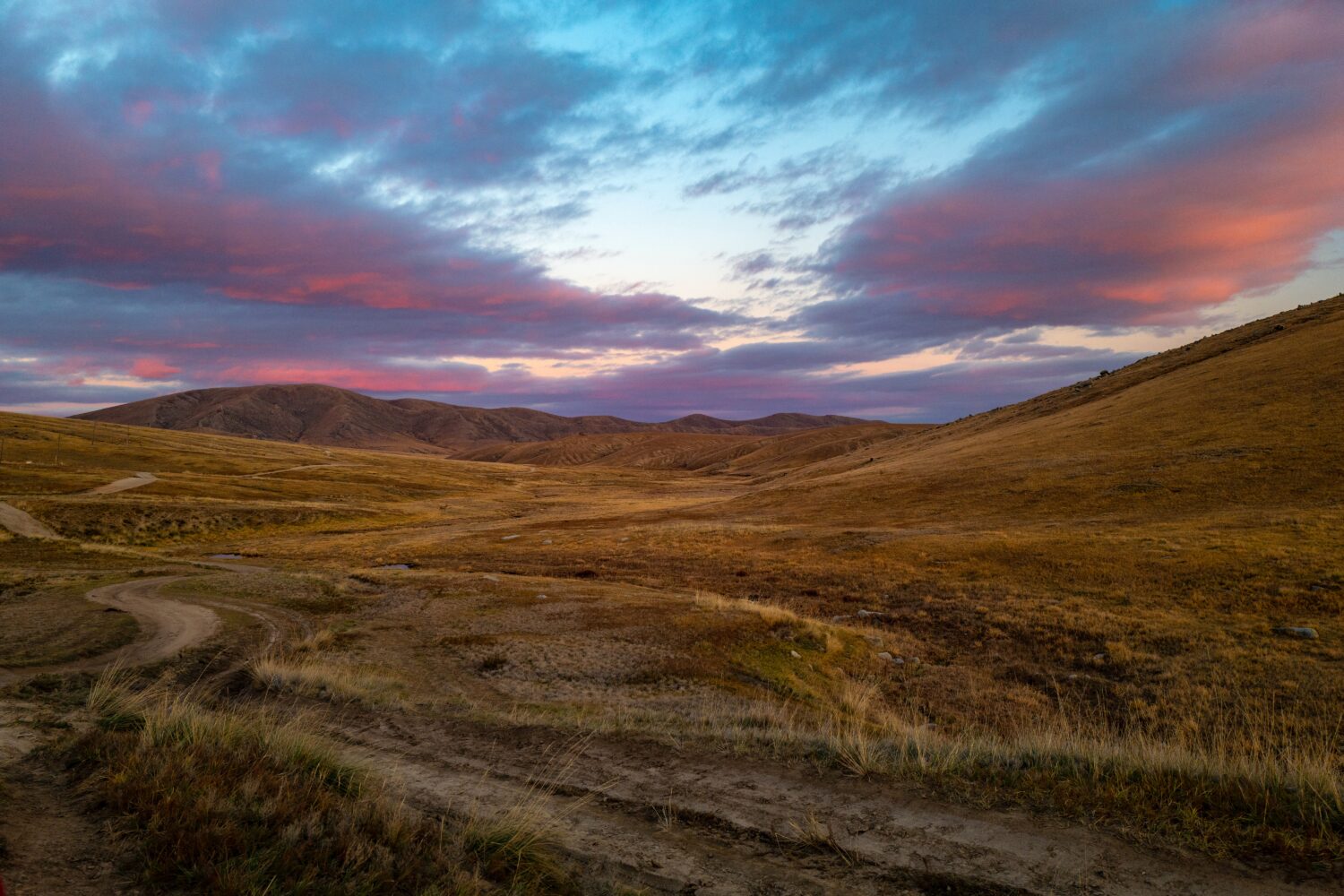Read about the latest human origins discoveries, Leakey Foundation-supported research, and news from the field.
Svante Pääbo wins Nobel Prize for decoding ancient DNA
In the News
The 2022 Nobel Prize in Physiology or Medicine was awarded on October 3 to geneticist Svante Pääbo for his groundbreaking discoveries about human evolution and the genomes of extinct hominins.
September 2022 research highlights
Research Highlights
This month’s open-access research highlights include a study of sibling stress, an investigation of pant-hoot communication, and a comparison between fossils from two European Paleolithic research sites.
Discovering Us with Ashley Judd
Press Release | The Leakey Foundation
Actor and Leakey Foundation advisor Ashley Judd explores the thrilling stories behind important scientific discoveries in a new audio series based on the book Discovering Us: 50 Great Discoveries in Human Evolution.
Earliest gibbon fossil found in Southwest China
Journal Article
A team of scientists has discovered the earliest gibbon fossil, a find that helps fill a long-elusive evolutionary gap in the history of apes.
Lethal Heights
Discovering Us
In 1980, a Buddhist monk climbed up to Baishiya Karst Cave, sat to pray, and found half of a massive human jawbone with two huge molars lying on the floor. The cave is at nearly 11,000 feet on the edge of the Tibetan Plateau, often called the “Roof of the World.” Such high-altitude landscapes were among the last places on Earth colonized by our ancient ancestors.
August 2022 Research Highlights
Research Highlights
Every month, Leakey Foundation grantees publish research that helps us understand humanity’s past, present, and future. We’ve gathered three open access articles about discoveries funded by our donors.
Human skin stood up to the sun before there were sunscreens and parasols – Nina Jablonski explains why
Guest Post
Human beings evolved under the sun. Sunlight was a constant in people’s lives, warming and guiding them through the days and seasons. Homo sapiens spent the bulk of our prehistory and history outside, mostly naked. Skin was the primary interface between our ancestors’ bodies and the world.
Rare bonobo behavior is photographic gold
Guest Post
Is this bonobo cuddling a pet, or did this mongoose become a meal? Wildlife photographer Christian Zeigler captured this moment during his time in the field with researchers at the LuiKotale Bonobo Project, a Leakey Foundation-supported field site in the Democratic Republic of Congo. The photograph was shortlisted for the British Natural History Museum’s prestigious Wildlife Photographer of the Year competition.
Revelations from 17-million-year-old ape teeth could shed light on human evolution
Journal Article
Some scientists suggest early humans and their ancestors also evolved due to rapid changes in their environment, but the physical evidence to test this idea has been elusive – until now.
Explore Ice Age Mongolia
Support Us
Join our August 10 virtual tour to be among the first to see the only known stratified Ice Age archaeological site in the Gobi Desert and have the rare opportunity to see unpublished evidence of Mongolia’s first inhabitants.
